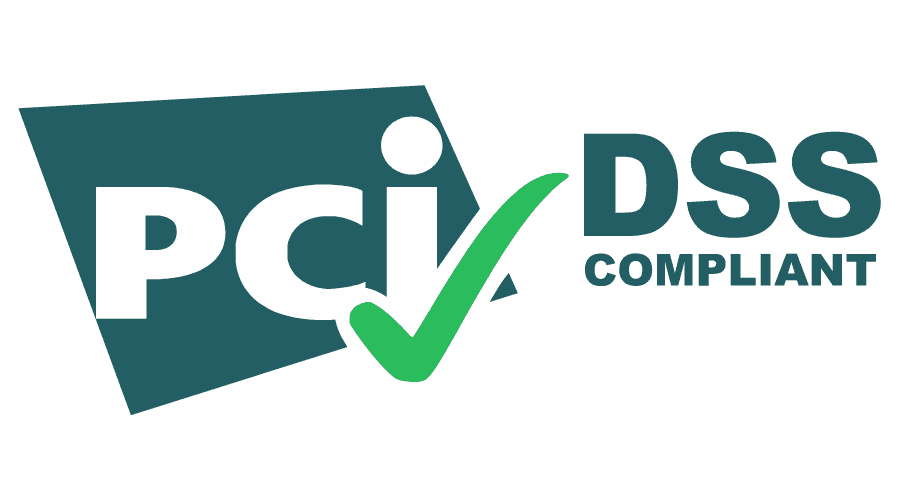Selecting the right welding machine can feel daunting, but it comes down to three essentials: amperage, duty cycle, and power supply. Once you understand these, plus the materials you’ll weld most often, choosing the right MIG, TIG, Stick, or Spot welder becomes straightforward.
Whether you’re a DIY welder, workshop fabricator, or industrial professional, this guide breaks down the basics with clear rules of thumb and quick-reference tables.
👉 Not sure which welder fits your needs? Talk to our experts for tailored advice — or explore our full range of MIG, TIG, Stick, and Spot welders today.
In this guide:
Understanding Amperage & Duty Cycle
- Amperage = heat
⚡ Rule of Thumb: ~1 amp per 0.001” (0.025mm) of material thickness.
Example: 1/8″ (3mm) steel plate needs ~120A. - Duty cycle = workload capacity
Expressed as the % of a 10-minute cycle a welder can operate before cooling.
| Use Case | Suggested Duty Cycle | Example |
|---|---|---|
| DIY / Hobby welding | 20–40% | Car body repairs, light fabrication |
| Light fabrication | 40–60% | Motorcycles, furniture, farm work |
| Industrial / heavy use | 60–100% | Structural steel, production welding |
Welding Machine Comparison at a Glance
| Process | Weld Quality | Speed | Ease of Use | Cost of Machine | Best For |
|---|---|---|---|---|---|
| MIG (Metal Inert Gas) | ★★★★☆ (clean, strong welds) | ★★★★☆ (fast) | ★★★★☆ (easy to learn) | ££ (mid-range) | Auto body, fabrication, general steel/aluminium |
| TIG (Tungsten Inert Gas) | ★★★★★ (highest precision, beautiful welds) | ★★☆☆☆ (slow) | ★★☆☆☆ (harder to master) | £££ (higher cost) | Stainless, aluminium, exotic metals, thin material |
| Stick (MMA / Arc) | ★★★☆☆ (strong but rougher finish) | ★★★☆☆ (moderate) | ★★★☆☆ (easy to moderate) | £ (low cost) | Outdoor, structural steel, repair work |
| Spot Welding | ★★★☆☆ (limited to sheet joins) | ★★★★★ (very fast) | ★★★★☆ (simple) | ££ (specialised) | Sheet metal, automotive body panels |
⚡ Key Takeaways:
- MIG = speed + versatility → best all-rounder for beginners and workshops.
- TIG = precision + aesthetics → best for stainless, aluminium, titanium.
- Stick = toughness + portability → best outdoors and on dirty/rusty metal.
- Spot = speed + repeatability → best for thin sheet and auto panels.
Amperage vs. Material Thickness
| Material Thickness | Approx. Amps Required (Mild Steel, MIG/Stick) | Notes |
|---|---|---|
| 1 mm (0.04″) | 30–40 A | Use 0.6–0.8 mm wire, short arc transfer |
| 3 mm (1/8″) | 90–120 A | Standard auto/motorcycle fabrication |
| 6 mm (1/4″) | 180–200 A | Often requires multiple passes |
| 10 mm (3/8″) | 250–300 A | High-duty MIG or Stick |
| 12 mm+ (1/2″) | 300–400 A | Industrial machines / multi-pass welds |
Welding Processes & Typical Thickness
| Process | Common Materials | Typical Thickness Range |
|---|---|---|
| TIG | Aluminium, stainless, copper, titanium | Up to 3/8″ (10mm) |
| MIG | Steel, aluminium, stainless | Up to 1/2″ (12mm) |
| Spot | Steel, stainless, aluminium | Up to 1/8″ (3mm) |
| Stick (MMA) | Iron, steel, stainless | 3mm and above |
Recommended Welding Process by Material Thickness
| Material Thickness | Recommended Process | Notes |
|---|---|---|
| < 1.5 mm (thin sheet/auto panels) | MIG (0.6–0.8 mm wire) / Spot | Low heat input to avoid burn-through; spot welding ideal for overlapping sheet metal. |
| 1.5 – 3 mm (light fabrication, bike frames, small repairs) | MIG / TIG | MIG gives speed; TIG gives precision and clean welds on stainless or aluminium. |
| 3 – 6 mm (general fabrication, automotive parts, piping) | MIG (0.8–1.0 mm wire) / Stick | MIG for faster runs; stick for outdoor/dirty surfaces. |
| 6 – 12 mm (structural steel, heavy fabrication) | MIG (1.0–1.2 mm wire, higher amps) / Stick | Requires higher amperage and penetration. |
| > 12 mm (thick plate, industrial steelwork) | Stick / Flux-Cored MIG | High penetration and heavy-duty duty cycle required. |
| Thin exotic materials (stainless, aluminium, titanium < 5 mm) | TIG | Precise heat control and clean welds; use AC/DC TIG for aluminium. |
⚡ Quick Rule of Thumb:
- Thin sheet = MIG/Spot (fast, avoids burn-through).
- Precision/exotics = TIG (clean, corrosion-resistant).
- Heavy steel = Stick/MIG (high amps, penetration).
Power Supply & Machine Limits
The power supply in your workshop sets the upper limit for machine size.
| Supply | Suitable Machine | Example Applications |
|---|---|---|
| 240V, 13A plug | Up to ~130A inverter | Hobby use, auto body, thin sheet |
| 240V, 16–32A | 150–250A MIG/TIG/Stick | General fabrication, motorcycles, medium steel |
| 3-phase (415V) | 250A+ industrial | Structural steel, shipbuilding, heavy fabrication |
Machine Types
Inverter Welders
- ✅ Lightweight, portable, efficient
- ✅ Precise arc control, digital settings (pulse, arc force)
- ❌ More delicate electronics, shorter lifespan in harsh environments
Transformer Welders
- ✅ Heavy-duty, reliable, easier to repair
- ✅ Robust for industrial settings
- ❌ Bulky, less efficient, fewer arc functions
Process-Specific Considerations
MIG Welders
- Adjustable wire feed speed
- Duty cycle matched to project load
- Works on steel, stainless, aluminium (with spool gun/liner)
- Portable models available
TIG Welders
- High duty cycle preferred for long welds
- Precise amperage control (foot pedal/fingertip)
- Great for stainless, aluminium, titanium
- Look for pulse and AC/DC functions
Spot Welders
- Match capacity to material thickness
- Adjustable electrode force and weld time
- Cooling system extends electrode life
- Ideal for sheet metal / auto body
Stick (MMA) Welders
- Wide amperage range for thick steels
- Arc force & hot start help strike easier
- Rugged and portable for outdoor/dirty jobs
- Lower cost, less maintenance
Quick Selection Reference
| Project Type | Recommended Process | Machine Needs |
|---|---|---|
| Auto body / thin sheet | MIG or Spot | 100–180A, low duty cycle ok |
| Motorcycles / stainless fabrications | TIG | 150–200A, high duty cycle, AC/DC |
| Heavy structural steel | Stick or MIG | 200–300A, higher duty cycle |
| Light general repairs | Stick | 130–160A inverter |
Conclusion
Choosing the right welding machine comes down to:
- ✅ Match amperage to material thickness
- ✅ Ensure duty cycle fits your workload
- ✅ Check your power supply limits
- ✅ Pick the process best suited to your projects
👉 Still unsure which welder is right for you? Contact our team for expert advice — or browse our full range of MIG, TIG, Stick, and Spot welders today.




